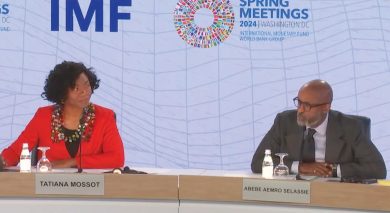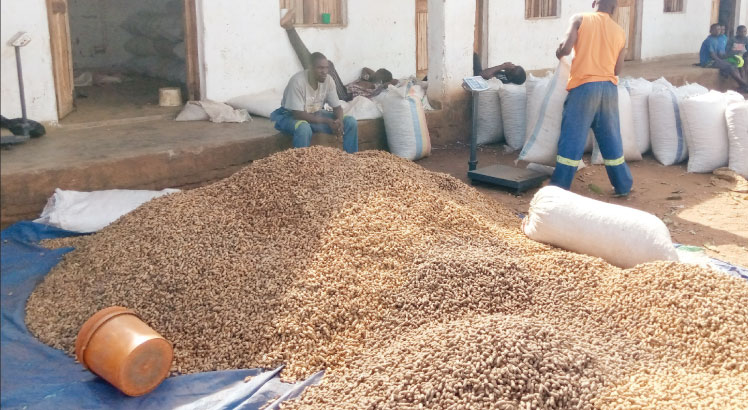Lack of tannery blamed on slow leather industry growth
The local leather industry continues to face setbacks, largely due to lack of a tannery that can process hides up to the crust stage, a situation government and players in the sector say is affecting the growth of the leather industry.
Despite a good turnover of hides and skins annually, Malawi lacks the capacity to process the raw materials in the absence of a tannery—a place where hides and skins are processed into leather— resulting in Malawi losing foreign exchange.

are importing leather
A recent study by Small and Enterprise Development Institute (Smedi) found that Malawi loses annually about $95 million (about K70 billion) due to exports of raw hides to Tanzania, Zimbabwe, Zambia and China.
Speaking in Blantyre on Friday on the sidelines of the signing of a memorandum of understanding (MoU) between Mikolongwe Vocational School and the Leather Design Studio, Ministry of Industry, Trade and Tourism director of administration and finance Joseph Mkandawire said government now plans to buy a tannery to offset the losses.
He said most Malawian shoe manufactures are importing leather from other countries, a situation that can be avoided if the country can process the hides locally up to the crust stage.
“We know that lack of a tannery has negatively affected the few small -scale manufacturers who have to import the same hides we export [in raw form] to our neigbouring countries,” said Mkandawire.
Malawi Enterprise Productivity Enhancement (Mepe) project coordinator George Mwase said there is huge potential in the leather industry; hence, the need for Malawi to invest in a tannery.
“As a country, we have great potential, but we have a few craftsmen that can be producing leather products that can compete favourably with other nations.
“Lack of tannery that acts like a source of raw materials for production of leather products is also a major setback,” he said.
Mikolongwe Vocational School principal Augustus Kaliati believes that acquiring skills would not only provide employment opportunities for the youth, but also boost the potential of the industry.
“Leather has the potential to expand the export base, income generation for individuals and also providing employment opportunities,” he said.
Available figures show that a tannery could cost about $1.5 million (about K1 billion).





